With the onset of the soft, warm December sun, a common sight in the North-Indian belt must be women decked in yellow and orange sarees preparing turmeric paste for someone’s haldi ceremony. Marking the beginning of the shaadi (wedding) season in India, the month brings with it an unsaid promise of love and its celebration. Since the beginning of time, if something has remained constant, then it is the union of marriage. Sure, it has evolved over time but essentially it remained the same old grand scheme of affairs that we were made aware of from a very young age.
The Hindu Shastras mention marriage as one of the most important duties of man: to take care of his wife and children is said to be his greatest Dharma. But what this narrative conveniently glosses over are the nuances that get hidden behind all the shimmering sarees, lustrous lehengas and glittering gold of the pomp. Over time, we have come to highlight and question the numerous infamous rituals of the Indian marriage system that are often restrictive and regressive in nature. Be it the caste conundrum, repetitive dowry discourse, mysterious kidnappings of Dalit women or the superstitions around Vivaah Panchami: the problematic practices and their grave repercussions prevalent in the desi society are endless. Uttar Pradesh and Bihar, hosting some of the most colourful marriages of the country, also have a splatter of red from the blood of their Dalit daughters who are often kidnapped by the sons of Thakurs, the dominant caste of the region and from the socially sanctioned honour killings by the kin of the victims, which are more often than not, rooted in caste-based gender violence.
Also read: Periyar & Maniammai’s Marriage – Though Irrelevant, Let’s Talk About It, Shall We?
In this context, the union of Aditi Paswan Narayani and Raj Singh, two people who speak of empowerment and progressiveness both on paper and in real life, breaking stereotypes through their marriage, is an excellent example.
Uttar Pradesh and Bihar, hosting some of the most colourful marriages of the country, also have a splatter of red from the blood of their Dalit daughters who are often kidnapped by the sons of Thakurs, the dominant caste of the region and from the socially sanctioned honour killings by the kin of the victims, which are more often than not, rooted in caste-based gender violence. In this context, the union of Aditi Paswan Narayani and Raj Singh, two people who speak of empowerment and progressiveness both on paper and in real life, breaking stereotypes through their marriage, is an excellent example.
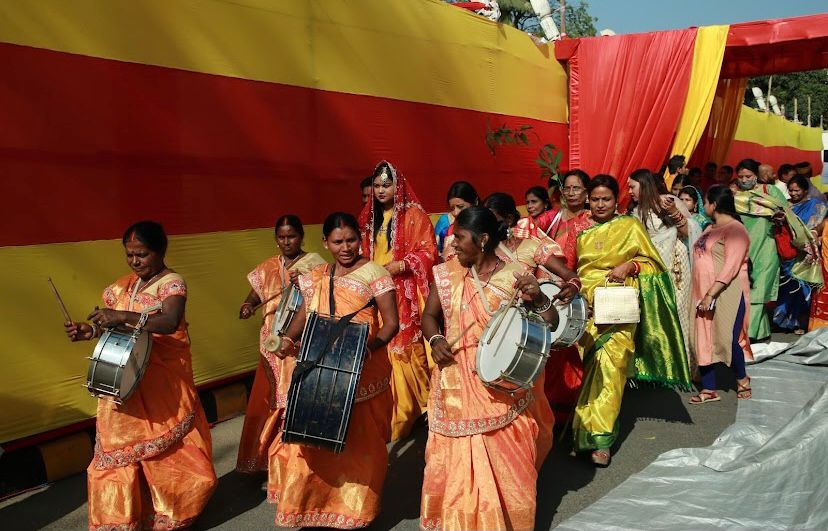
Raj, a lawyer and entrepreneur by profession, met Aditi, a PhD from Jawaharlal Nehru University and a serving Assistant Professor of Sociology in Maitreyi College, University of Delhi. Being a Dalit herself, Aditi was always passionate about the life and work of other members from the community. Working in close quarters with Dulari Devi, a Padma Shri painter from Mithila, she has researched extensively on the intertwined domains of power and art in the hierarchies of caste, class and gender.
What was commendable in this wedding ceremony was the tweaking of the patriarchal norms that were sanctioned for centuries. This one-of-a-kind wedding held in Patna saw two women pandits, specially called from Maharashtra, authorise the marriage and pronounce the couple man and wife. Something that might seem as a way to be trendy was actually a huge step towards disassembling the notions surrounding the power dynamics in the Hindu Dharma.
As the bride put it, this gesture ensured the cultural empowerment of women all across, an issue very close to her heart. She wanted to live her work: the issue that she read and wrote about all her life. Hiring priestesses was not the only factor that made this wedding the first of its kind in Bihar. It was also an inter-caste marriage between a Dalit woman from Bihar and a Thakur man from Uttar Pradesh. A predator-prey relation that lasted for many decades was brought to a sudden halt in this part of the state. It was also a dowry-free wedding, setting an example for the people gathered there to follow the same.
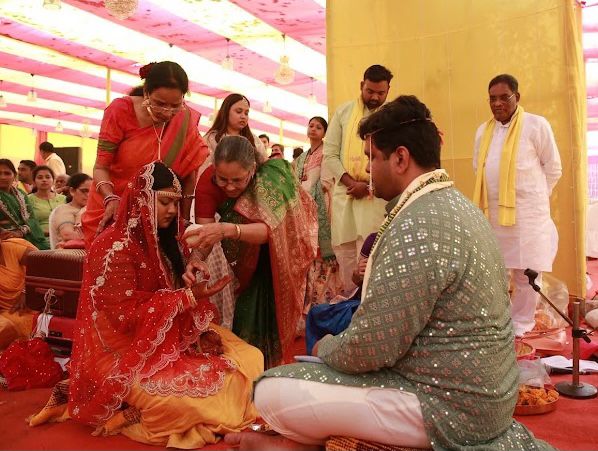
Another interesting aspect of the ceremony that is concentrated mostly in Bihar was the commencement of the same on Vivaah Panchami. The superstition around this day goes back to the marriage of Sita and Ram. It is believed that whoever gets married on Vivaah Panchami will have to face the hurdles in their married life like Maa Sita. The rituals of the wedding began with the thumping beats played by an all-women band and then led by a female priest.
Also read: The Historical Erasure Of India’s Groundbreaking Dalit Feminism
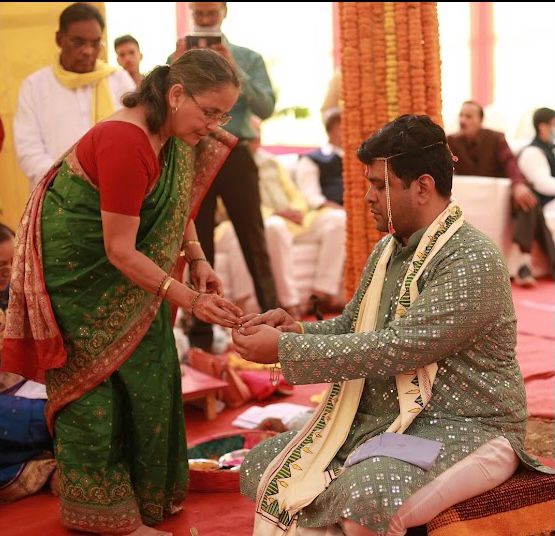
Even as we acknowledge that the institution of marriage is rooted in the normalisation of cis heterosexual relationships, this wedding truly set an example when it comes to breaking the barriers of everyday discrimination and the dilemmas around the rituals of marriage and set an example to shed the reservations against inter-caste marriages.
Viewing it from the perspective of sociology, Sita can be considered as one of the first feminist icons in Hindu mythology. People seldom consider her acts of rebellion against her husband’s will as heroic, but she taught us that it is unnecessary for a woman to prove her purity in order to gain respect. The women do not need to prove the piousness of her character. Getting married on Vivaah Panchami was a message loud and clear claiming that it is about time we stop villainizing women’s voices about their own integrity. Contrary to the popular belief that Bihar lags in progressiveness, this incident from last week was an eye-opener.
Even as we acknowledge that the institution of marriage is rooted in the normalisation of cis heterosexual relationships, this wedding truly set an example when it comes to breaking the barriers of everyday discrimination and the dilemmas around the rituals of marriage and set an example to shed the reservations against inter-caste marriages.
Debarati Mitra is a second year student doing her bachelor’s in Sociology in Maitreyi College, University of Delhi. You can find her on Instagram and Facebook. You can find Dr Aditi here and Raj here.
All images as provided by Dr Aditi Narayani.
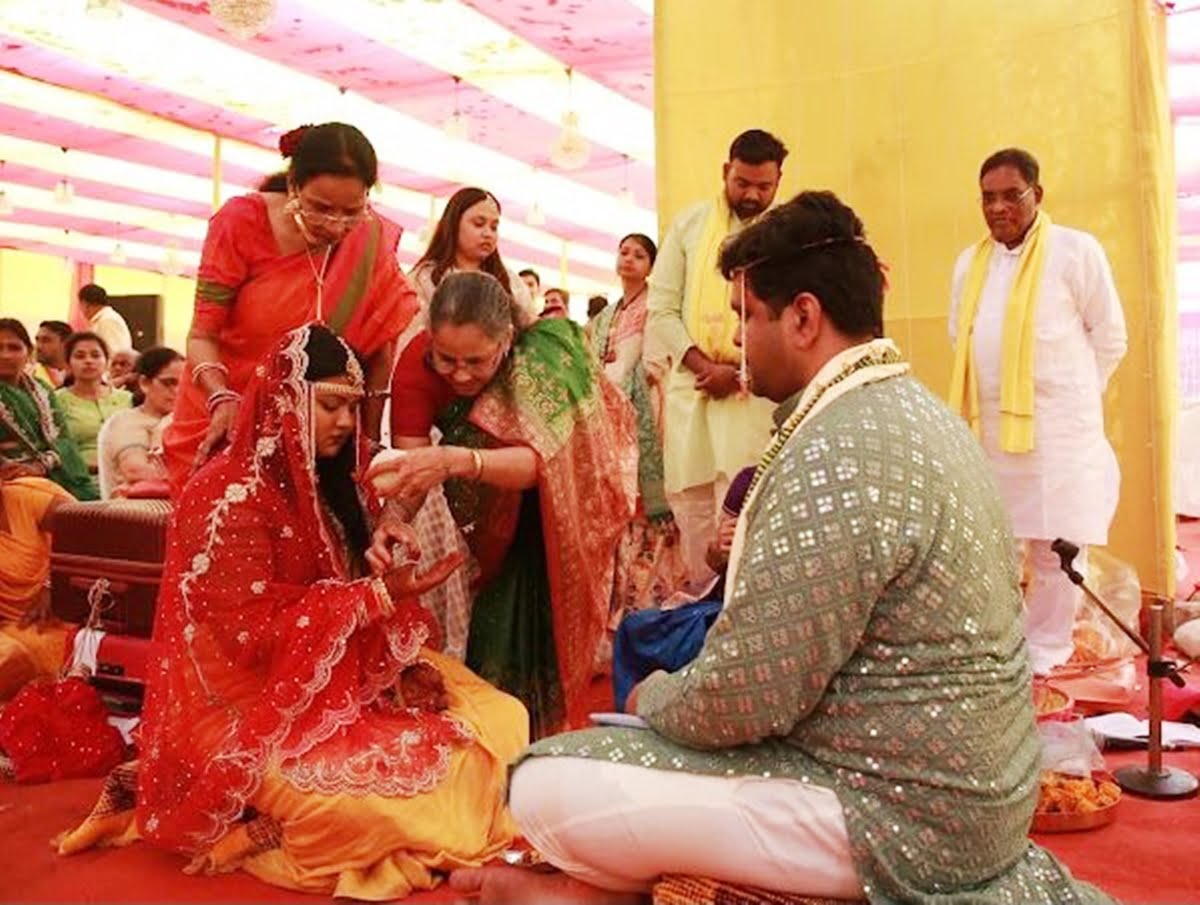


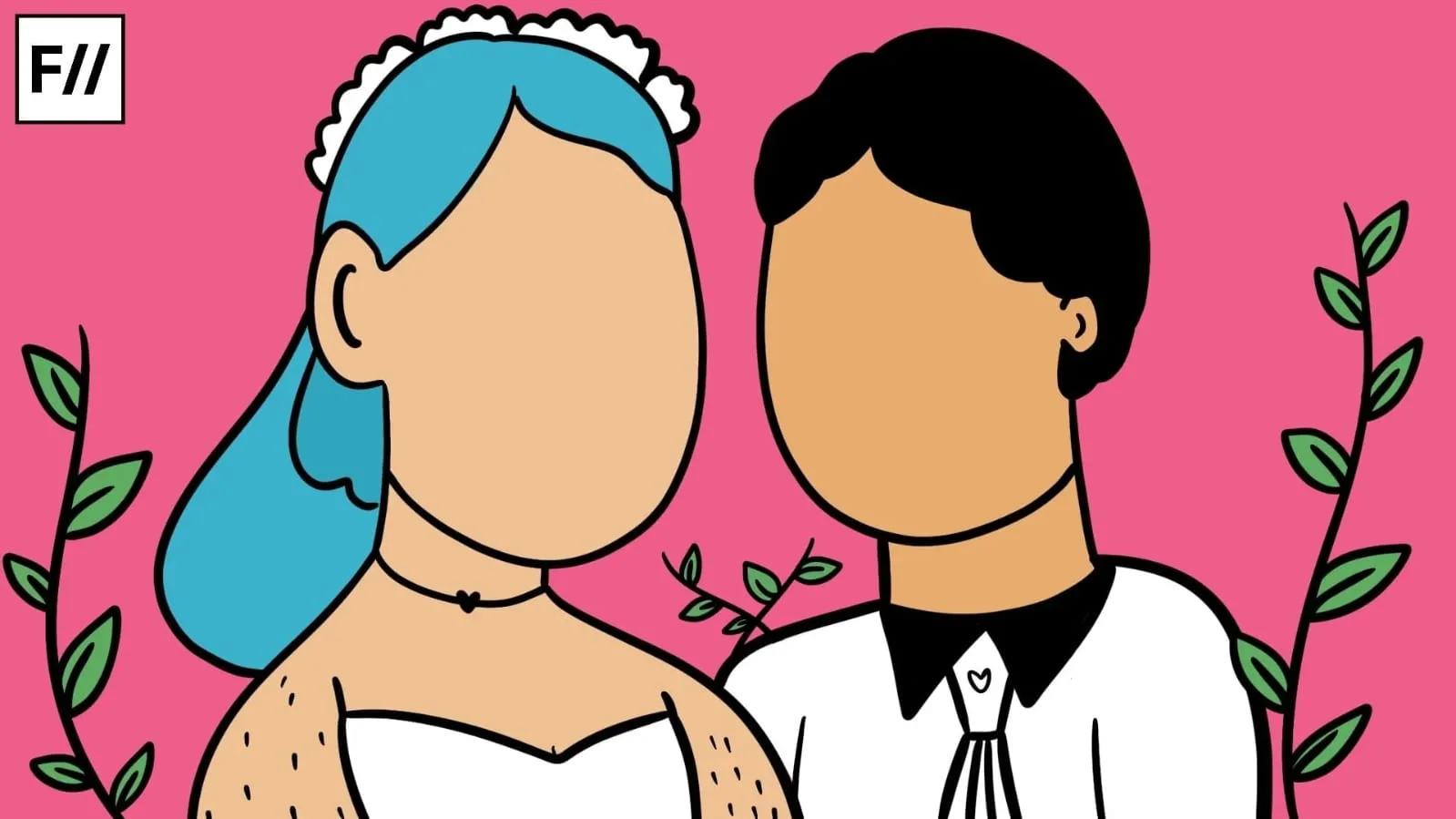

Awesome 👍